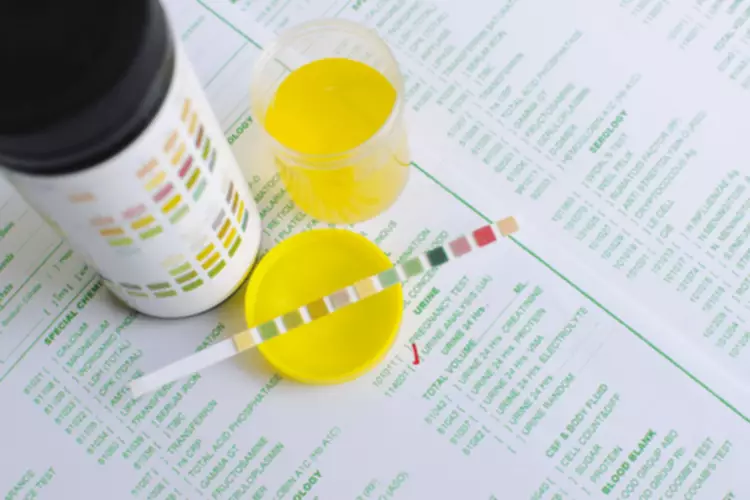
Before achieving sobriety, it is crucial to flush the drugs or alcohol from the body. This can be a frightening and painful experience for people because many substances cause uncomfortable withdrawal symptoms. It’s important to undergo detoxification under the supervision of a medical staff. Support from trained professionals helps clients manage withdrawal symptoms and ensures they don’t use while detoxing. Overcoming a substance use disorder typically requires multiple phases, including detox, treatment and aftercare.

How Long Does Drug Rehab Typically Last?
While long-term rehab has shown to be effective in treating substance abuse disorders, not everyone has the personal or financial resources that allow them to spend 3-12 months away from home, school, or work. A sober living home is an affordable, drug and alcohol-free environment where you can find support from your peers who are also in recovery to work through your recovery plan. This is an additional step available for those that aren’t quite ready to go back out into the world yet and need that extra support and structure to learn to be successful in early recovery.
Post-Residential Recovery Program Tools and Resources
Calls to our general hotline may be answered by private treatment providers. We may be paid a fee for marketing or advertising by organizations that can assist with treating people with substance use disorders. The goal of these programs is to help patients recognize and alter their cognitive behavior and lead to long-term sobriety. Outpatient programs take longer to complete because they allow patients the flexibility to come from their own homes. While an inpatient rehab is measured in days to months, outpatient rehab is measured in months to years. Ninety days is the average outpatient duration, but this could extend further or even indefinitely.
Relapse Prevention Treatment: An Overview

Inpatient rehab treatment involves staying overnight with 24/7 care and support, which is different from outpatient programs that do not require patients to be residents. Drug treatment program lengths do vary, not only for each individual but for each treatment facility, as well. While a certain length of stay may be appropriate for one person, it may not be appropriate for another.
- Relapse prevention is a strategy designed to help individuals maintain their progress in overcoming addiction or other harmful behaviors.
- Blood pressure should return to normal levels rather quickly when it’s related to this type of pain.
- When people face situations where they used to drink or use drugs, they may find it challenging to struggle with the need to engage in old habits.
- In general, the first days of treatment are focused on medical supervision and comfort.
- Of course, another factor that affects when a person will start having withdrawals is the form of the kind of drug they are using — whether that form is fast-acting or extended-release.
- These rehabilitation centers have set visiting hours so loved ones can check in on you as your healing progresses.
Because recovery involves growth, families need to learn and practice new patterns of interaction. They also value having role models of recovery and someone to call on when the recovering self is an unsteady newborn. Studies show that craving has a distinct timetable—there is how long is drug rehab a rise and fall of craving. In the absence of triggers, or cues, cravings are on a pathway to extinction soon after quitting. But some triggers can’t be avoided, and, further, the human brain, with its magnificent powers of association and thinking, can generate its own.
Mount Sinai mounted aggressive campaign to stifle debate over revelations about its controversial brain research
People who need help for a SUD and other mental disorders should see a health care provider for each disorder. Treatment length may be extended if underlying issues like trauma or co-occurring disorders require additional attention. Tailoring the duration to the individual’s progress and circumstances ensures comprehensive support. However, ongoing support https://ecosoberhouse.com/ through aftercare programs or support groups beyond formal addiction treatment can further boost relapse prevention efforts. Relapse prevention strategies involve maintaining recovery from addiction or harmful behaviors. One approach is identifying triggers, such as stress or social situations, and developing coping skills to manage them effectively.
- Some programs may be longer than six months to provide intensive care if necessary.
- It’s worth noting that 1-year and 2-year rehab programs refer to residential programs.
- Next, a person will experience severe muscle aches and body pains because their numbing agent is no longer present.
- This guide looks at the drug and alcohol recovery timeline and how long it takes to break an addiction.
- It’s still unclear if the new data will convince doctors to use Leqembi continuously, or if the treatment’s benefit is clinically meaningful for patients, experts told STAT.
You deserve excellent care and a rewarding life in recovery.
- Medical professionals can provide a diagnosis of a substance use disorder (SUD) and help you determine if long-term rehab is right for you.
- You’ll be served breakfast and afterward, attend your first session of the day, such as group therapy.
- Exercise helps reduce cravings, improve mood, and promote overall well-being.
- During inpatient rehab, receiving treatment for a mental health condition, such as a co-occurring mental health disorder, is possible.
